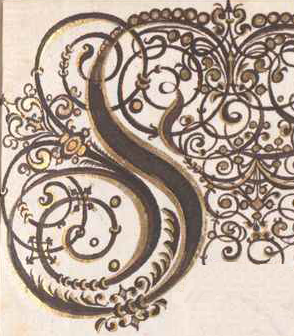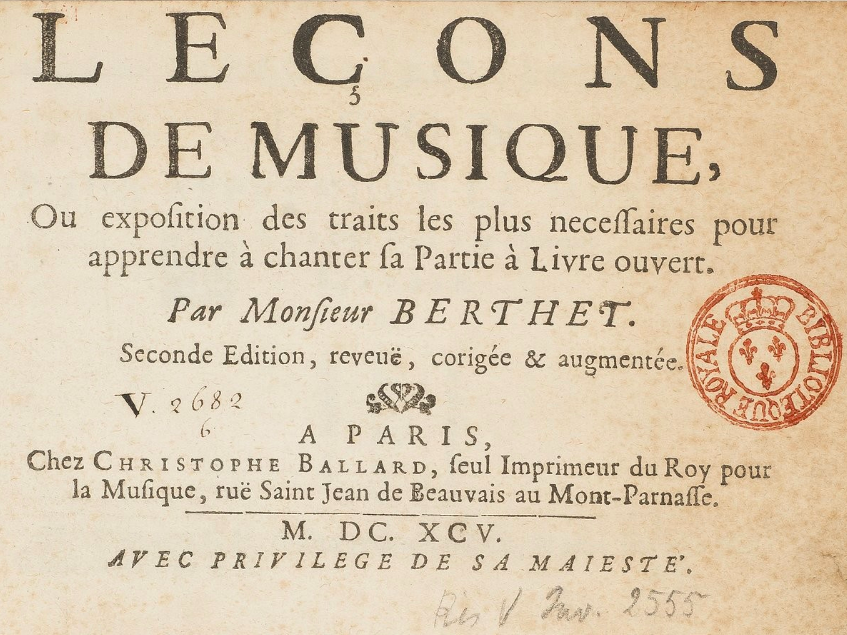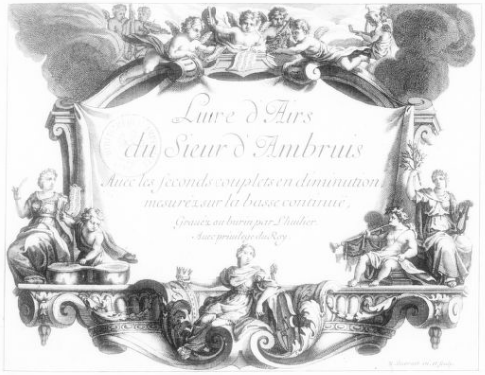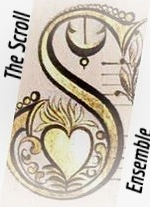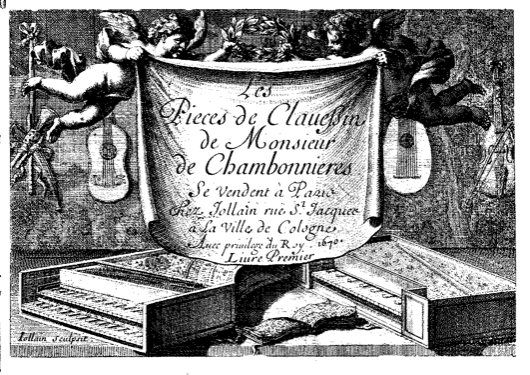A Practical Guide To Improvising a Chaconne or Passacaglia
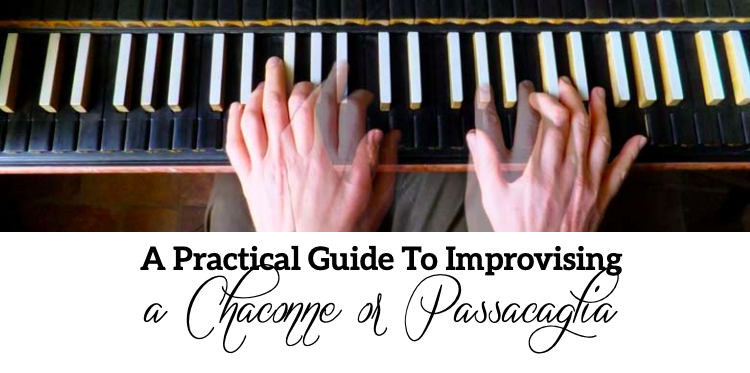
A Practical Guide To Improvising a Chaconne or Passacaglia
Do you wish to learn how to improvise a chaconne or passacaglia? This worksheet offers a comprehensive survey of the most common types of basses and how to adorn them with graceful voicings and polyphony. To start with, one needs to identify the various bass motions, harmonic possibilities and structural features of the chaconne or passacaglia. Regular practice (and some perseverance!) will guarantee good results. Firstly, I wish to specify that there are actually no crucial differences between a chaconne and a passacaglia. The distinctions are indeed subtle and involve small if not irrelevant features. Composers such as Girolamo Frescobaldi or François Couperin actually seem to have played with this ambiguity, switching back and forth between the two denominations, or even creating now and then transfigurations from one genre to the other within a same piece. Some maintain that a passacaglia is frequently minor and a chaconne major but there are many counterexamples. If anything, the chaconne may have been a slightly more stirring and extrovert dance than its sometimes more intimate and darker acolyte. However, important differences occur between the French chaconne and Italian ciaccona, which we shall analyse later.
Features
A Practical Guide To Improvising a Chaconne or Passacaglia 0 reviews
Write Your ReviewThere are no reviews yet.
